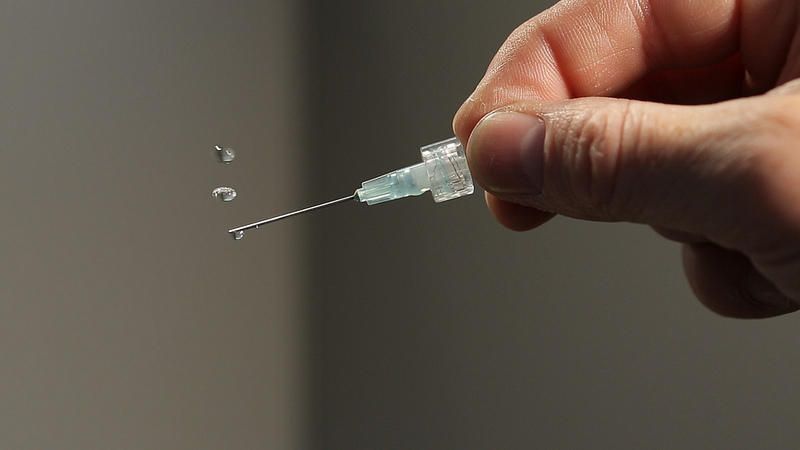New publications
Levitation can help develop new drugs
Last reviewed: 01.07.2025

All iLive content is medically reviewed or fact checked to ensure as much factual accuracy as possible.
We have strict sourcing guidelines and only link to reputable media sites, academic research institutions and, whenever possible, medically peer reviewed studies. Note that the numbers in parentheses ([1], [2], etc.) are clickable links to these studies.
If you feel that any of our content is inaccurate, out-of-date, or otherwise questionable, please select it and press Ctrl + Enter.
It's not a trick, it's not Photoshop, it's not sleight of hand - scientists are actually using levitation to improve the drug development process, which ultimately results in drugs that are more effective and have fewer side effects.

Engineers at Argonne National Laboratory have found a way to use sound signals to make individual droplets of solutions float in the air.
This method is very important for studying samples of biologically active substances.
Acoustic levitation technology is based on the formation of standing waves in air space. Researchers achieved this using ultrasonic speakers that emit vibrations of a single frequency.
Drops of medicinal samples hovered in so-called pressure pockets, which were formed by changing the oscillation frequency.
Thanks to the process of acoustic levitation, researchers will be able to evaporate solutions of biologically active substances without using vessels.
The whole point is that evaporation of solutions in vessels involves contact of the liquid with its walls, and the substance in the solution tends to crystallize. This happens because there are inhomogeneities and irregularities on the walls of the vessels, which act as crystallization centers during the process.
At the molecular level, the structure of drugs is divided into two categories - crystalline and amorphous. Amorphous substances are absorbed by the body easier and faster because they have the ability to dissolve better, and they also have higher bioavailability. This is why it is believed that a smaller amount can give a better result.
“One of the biggest challenges when developing pharmaceuticals is reducing the dose needed to achieve the desired effect,” says Chris Benmore, an X-ray specialist and co-author of the study. “Most drugs have a crystalline structure that prevents the body from absorbing the drug fully, so we don’t use them to their maximum effectiveness.”
At the moment, despite the success of using the new technology, scientists manage to bring a small amount of the drug to an amorphous state. However, this technique is a very powerful analytical tool that allows you to create the conditions necessary to obtain an amorphous powder.

 [
[